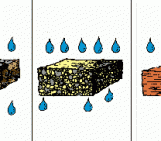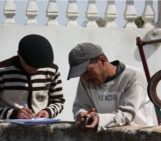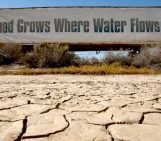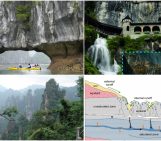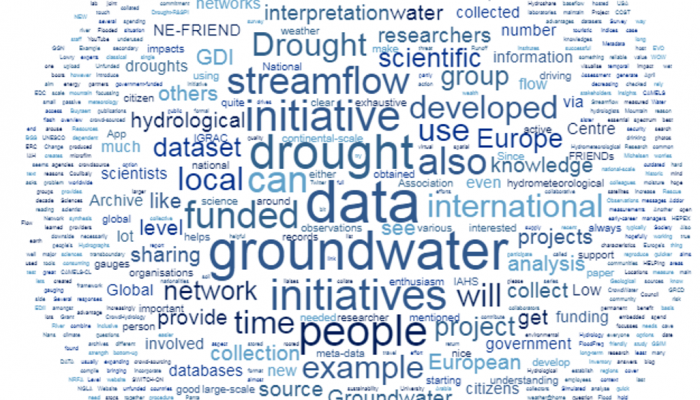
Post by Anne Van Loon, Gemma Coxon, and Bentje Brauns.
Last year, Anne Van Loon wrote about data sharing initiatives in hydrology (“Data drought or data flood?” 28 May 2018). This post gives an update on existing and new initiatives.
CAMELS (Catchment Attributes and MEteorology for Large-sample Studies)
The CAMELS datasets are expanding: from the United States and Chile to Great Britain and Australia. The CAMELS-GB dataset will consist of hydro-meteorological timeseries and catchment attributes for 671 catchments across Great Britain and is expected to be released on the Environmental Information Data Centre later this year.
The Groundwater Drought Initiative
The Groundwater Drought Initiative is collecting more and more groundwater level data and groundwater drought impacts. The Initiative is very happy to welcome new partners and supporters from as far East as Ukraine and as far South as Albania, increasing the number of participating countries and countries currently considering to participate to 23 (see map). Additionally, a first getting-to-know-each-other & info meeting was held at EGU19 with participants from Austria, Belgium, Canada, Estonia, Germany, Latvia, Luxembourg, Netherlands, Norway, UK, Ukraine, and Switzerland. If you are from Bulgaria, Greece, Hungary, Italy, Romania, Slovakia or any of the other yellow countries on the map below and you have groundwater data (or contacts in organisations who could help) or you are interested in groundwater drought, please contact Bentje Brauns (benaun@bgs.ac.uk).

The IAHS Panta Rhei Working Group on Large Sample Hydrology
The IAHS Panta Rhei focus on efforts to facilitate the production and exchange of datasets worldwide. This year at EGU, the group organised a splinter meeting to discuss the generation of large sample catchment datasets in the cloud and a session (HS2.5.2 Large-sample hydrology: characterising and understanding hydrological diversity) that showcased several recent data- and model-based efforts on large-sample hydrology from new global datasets to large multi-model ensembles. If you are interested in being updated on the activities of the group then please contact Gemma Coxon (gemma.coxon@bristol.ac.uk) to be added to the mailing list.
There seems to be a lot going on in the world of hydrological data sharing! To share your own story or initiative, please leave a reply below.
Anne Van Loon (website | @AnneVanLoon) is a Senior Lecturer in Physical Geography in the School of Geography, Earth and Environmental Sciences at the University of Birmingham.
Gemma Coxon (website) is a Postdoctoral Research Associate and Lecturer in Hydrology in the School of Geographical Sciences at the University of Bristol.
Bentje Brauns (website) is a Hydrogeologist at the British Geological Survey.

